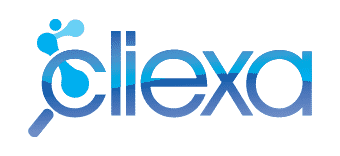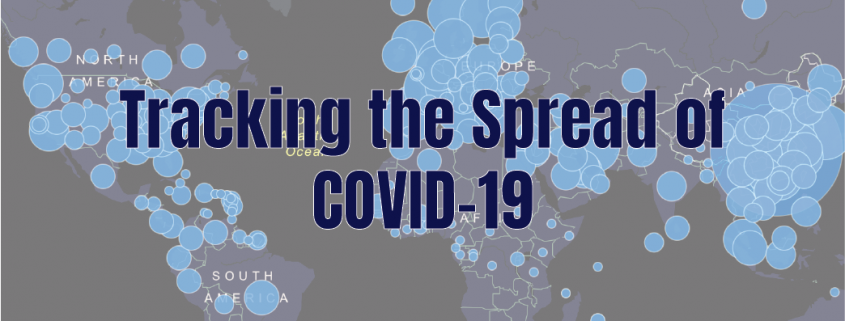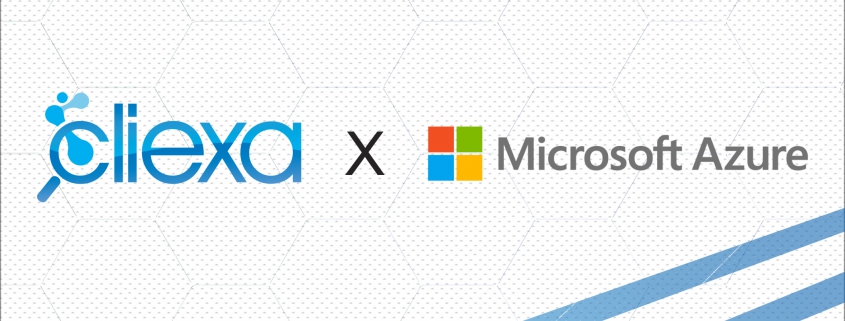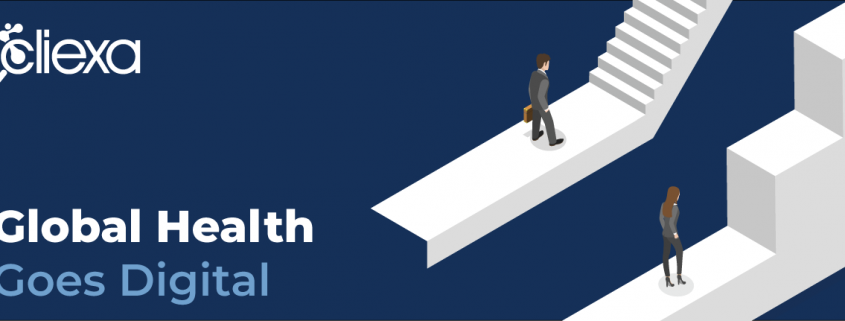Introduction
The treatment for chronic pain has long been debated as its management offers a wide array of options for both clinicians and patients to choose from. Medicines for depression have the potential of becoming addictive due to their calming effect on the patient. While conventional treatments have become outdated, the administration of prescription-based and over the counter drugs has exploited susceptible individuals to the harmful effects of opioid overuse. It is vital that clinicians find a solution to monitoring the use of opioids to help bring the drug epidemic to its demise and simultaneously encourage non-pharmacological options to their patients.
Monitoring chronic pain and depression
Traditional Methods
Depression and chronic pain can overlap due to them possessing a few common neurotransmitters that are responsible for delivering messages between neurons. They also have similarities in their pathways of the brain and the spinal cord. Chronic pain has the propensity of eliciting signs and symptoms of depression. Its severity and impact on a person’s life are what contribute to depression manifesting. With underlying chronic pain, a person begins to experience struggles in how they handle losses, more extended periods of inactivity, a decrease in sociability, diminished interest in relationships, and poor work performance. People who are susceptible to depression and are simultaneously managing the effects of a chronic illness are treated for both conditions simultaneously.
Traditional medicines and management are regarded as safer and there are ample choices a doctor can implement. Conventional medicines for the management of pain are based on the many theories and beliefs of different cultures that are targeted at reducing or improving pain. Among the many opted treatment regimes, the few common ones are acupuncture, herbal medicines, and Ayurveda medicines, which have been regarded as the most common and recognized treatments universally. Regardless of their effect or cultural support, these treatments aren’t evidence-based, and their underlying mechanisms aren’t common knowledge. This limits their use by doctors in their clinics.
There has been a notable rise in the treatment of pain and depression through the use of opioid medications. The opioid epidemic brought the attention of the masses in 2017. Many federal agencies, including the US Food and Drug Administration (FDA), the Joint Commission, and the National Academies of Sciences, Engineering, and Medicine (NASEM), have begun advising clinicians to regulate prescription-based opioid drug administration and to offer more options than just medications.
Overview of the Opioid Crisis
It’s inevitable that with many drugs being conveniently available over the counter, patients have taken to self-medicating themselves. More importantly, due to the potent effects of opioid drugs, immune-deficient or overly busy people, rely on opiates to help them get through a tough day. The use of chronic opioid therapy for non-cancer related pains has taken risen exponentially in just the previous two decades. This was noted to occur concomitantly with the increase in prescription-based opioid use as well as abuse or accidental overdose using these drugs. Opioids are sometimes even called narcotics. Some of the strongest prescription-based opiates are tramadol, hydrocodone, fentanyl, and oxycodone. Even heroin, which is an illegal drug, is an opioid. Opioids are both human-made and synthetic. Regardless of what combination of a drug is made available, they all promise to act as immediate pain relievers.
The relationship between depression and opioid abuse is a two –way relation, meaning that when a person is suffering from depression or opiate withdrawal, he will likely develop symptoms of the other condition as well. Opioid drug abuse refers to the use of this drug without the use of a prescription. It’s either used in a non-medical context or is taken in larger quantities than is required, and this inadvertently is linked to higher rates of depression, bipolar disorders, and anxiety.
Current problems associated with a standardized method of treating pain
Currently, pain management within the oncology department, its effective pain-relieving abilities, and there were limited alternatives for relieving pain in severe conditions have increased the reliance patients, and doctors have for these potent drugs. With an increase in drug reliance, even the risk for aberrant and inappropriate behavior has risen. Also, standardization in treating cancer-related pain lacks among the clinicians who prescribe it. It’s recommended that residents and doctors who practice medicine should vary in misuse and abuse of drugs.
Coping skills for patients dealing with chronic pain
Patient Education
Non–pharmacological pain management means managing pain without the inclusion of medications. This mode of treatment targets the mind of the patient and hopes to influence and encourage positive thoughts or alter thoughts to reduce the effect of pain felt anywhere in the body. There are many non-pharmacological options that one can subscribe to. They include:
Educational and psychological conditioning of the mind
Many people are entirely in the dark about what to expect when dealing with depression or chronic pain. It is quite stressful for them, and it is their caretaker’s responsibility to educate them about their condition to make it easy for them. If a patient has been made prepared for what they’re about to endure, it helps reduce cortisol levels and thereby reduce the amount of stress they can experience. To decrease their anxiety, the clinicians should consider engaging the patient in conversation and explaining to them vital pathological signs regarding their debilitating pain or their depression. Even explaining treatment options thoroughly might allow them to make a more well-informed decision. The use of pictures or diagrams will help everyone understand the pathway of their illness properly. Any questions that the patient has should be written down and answered diligently.
Alternative treatments to pain medication (opioids)
Among the variety of treatment options available to patients, some critical and recognized suggestions are:
A psychologist or doctor helps guide the patient into a state of altered consciousness, and this helps reduces the pain experienced by the patient by narrowing their thoughts. The method for such treatment involves guiding the patient’s thoughts through mental images based on sight, smell, taste, and feel. This helps deviate their thoughts from the pain they are experiencing. If a child or adolescent is experiencing chronic pain or depression, then various methods of distraction should be employed. Videos, songs, and storytelling are among the multiple techniques that can be applied. Many relaxation techniques are also used, such as deep breathing and stretching, which can also help ease the discomfort.
Among other options available to the patient and doctor are comfort therapy, occupational therapy, physical therapy, psychosocial counseling, and neuro-stimulation. These can be utilized instead to help relieve pain, and many patients find comfort in them instead of ingesting large amounts and frequent doses of medications. To further elaborate, these therapies are listed below:
It involves companionship, hot or cold compresses, exercises, massages, meditation, drama or music therapy, counseling, and occupational therapy.
Physical and occupational therapy are beneficial and can be implemented through aqua-therapy, desensitization, psychosocial therapy, and strengthening exercises for the muscles that may have lost power and tone due to immobility.
It involves counseling in the form of family, group, or individual counseling. This method helps a patient become more accustomed to their condition and helps teach coping mechanisms.
This method involves electrical nerve stimulation, which immediately helps relax tense muscles and improves neural impulses through fatigued muscles, acupressure, and acupuncture.
How does cliexa monitor its patients?
Remote Monitoring
Clinicians need to have a profound grip on opioid use. The only solution to narrowing down the prevalence of this epidemic is by finding a method to track the intake, risks, and effects on a patient dealing with crippling chronic pain. The way clinicians can do this is by using cliexa to their advantage. The cliexa platform allows patients and their clinicians to seamlessly track the activity and progress of the disease, whether in-clinic or through a remote monitoring program. Their proprietary technology is exceptional and allows for intelligent correlations between the dosage of medicine the patient is ingesting, their frequency of drug use, and whether symptoms have heightened or lessened. Managing chronic pain has become better because the best way to reduce an opioid or drug overuse is by ensuring that drug intake stops once the patient becomes better and shows no reason to continue his drug intake. The system allows their patients to connect to software that will enable them to communicate with their physicians without any interruption. This technology assists the providers through its ability to adequately document changes in any baseline metrics and helps patients get access to timely treatment. This would inevitably result in lesser complications.
The remote monitoring services allow patients to use their phones to send any healthcare data to their providers, and easily covering either a range of diseases and make necessary amendments in their ongoing treatment. This trend is powered by cliexa through its ability to provide clinically validated assessments with an automated disease activity score, all through its ability to gain real-time data through the wearable devices their patients wear. The wearable allows for data collection that could easily go undetected in many patients. This helps to improve the reported outcome vastly and improves patient satisfaction immensely.
Connect to claims data to visualize prior hospitalizations
The data is made available to clinicians through cliexa’s Evaluation and Management services. It’s responsible for medical coding and medical billing. These E/M services integrate history, exam, and medical decisions that are vital for establishing patient visits that are thorough and detailed. Medical compliance is based on proper documentation of medical records that help physicians and extended healthcare professionals evaluate their patients excellently. Treatment options are then made optimal and accessible. Real-time data that is gathered for the patients is used by the physicians to provide the utmost high quality of care when dealing with their patient’s mental health.
Wearable devices for real-time, activity data collection
Among their numerous mobile applications, cliexa-SENSE is routinely implemented in behavioral clinics where patients dealing with depression, alcohol abuse, narcotic abuse, and opioid abuse are treated. cliexa-EASE is a mobile application that is a pain assessment model for monitoring chronic pain. This app helps maximize reimbursements and helps improve chronic care management. cliexa- RA is responsible for reporting rheumatoid arthritis symptoms using patient-reported outcomes using clinically validated assessments. The disease activity scores are reported diligently through this, and quality care is further optimized for patients. cliexa-COPD is tasked with providing preventive and value-based care for people who are afflicted with COPD.
Identifying opiate risk
cliexa has partnered with Colorado Clinic, New Health Services, and more pain, behavioral health, and mental health facilities to combat the opioid crisis exceptionally. This is their method of improving chronic pain care and management. cliexa has digitized the entire process of the patient’s arrival, consent documentation, and chief complaints. At-risk patients will be monitored in this manner and will have to fill out screener questions that will be based on the Screener and Opioid Assessment for Patients in Pain model. This model is designed in such a manner that it will help self-report and address the extent or appropriateness of therapy in patients suffering from chronic pain. They will receive intelligent treatment options that will be aimed at minimizing the extent of pain. This information will be entered into the EMR system. The scores that will be generated after the patient is screened, and their responses gave the appropriate score, their risk of opioid abuse will be graded as low, medium, or high. This will help clinicians strategize treatment and duration of drug administration accordingly. The health care providers will even have to ensure they use urine drug monitoring as a necessary part of their clinical assessment, as this will help monitor the patients before their drug therapy and following their drug therapy. Random and routine urine analysis can help manage low and high-risk patients fruitfully. It’s even been studied and proven that urine drug monitoring will help drug compliance and prevent misuse of drugs. cliexa’s AI helps software hopes to optimize pain management by continually producing intelligent solutions from patient input.
Conclusion
Innovative methods to manage patients are continually being used by clinicians and hospitals as they wish to optimize the quality of care that they deliver to their patients. Patient education must be encouraged as this will make patients self-aware of the harm they can inflict upon themselves by poorly complying with drugs. Doctors and patients must work together to reach a solution that aims at reducing the number of medications ingested to manage pain and related mental disorders. This way, drug complications will be narrowed down, and the risk assessment for many patients liable to misuse drugs will decrease.
References
- https://www.ncbi.nlm.nih.gov/m/pubmed/28226333/?i=2&from=/29149119/related
- https://www.practicalpainmanagement.com/amp/22565
- https://www.ncbi.nlm.nih.gov/pmc/articles/PMC1069064/
- https://www.hindawi.com/journals/prm/si/674036/cfp/
- https://www.webmd.com/depression/guide/depression-chronic-pain
- https://medlineplus.gov/opioidmisuseandaddiction.html
- https://www.psycom.net/depression.central.opioid.abuse.html
- https://www.cliexa.com/evaluation-management-services/
- https://www.ncbi.nlm.nih.gov/pmc/articles/PMC6699803/
- https://www.cliexa.com/?cat=-1





